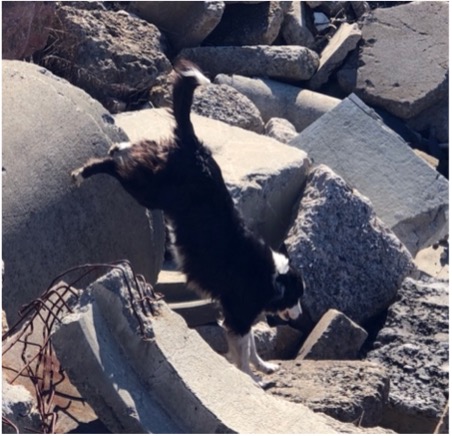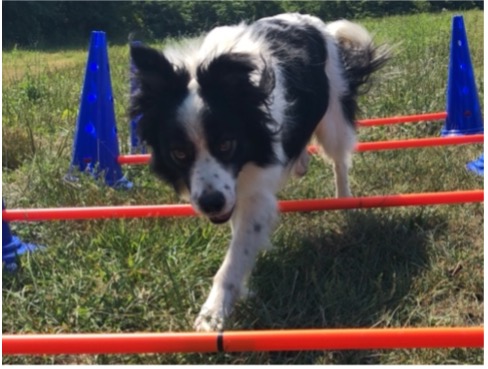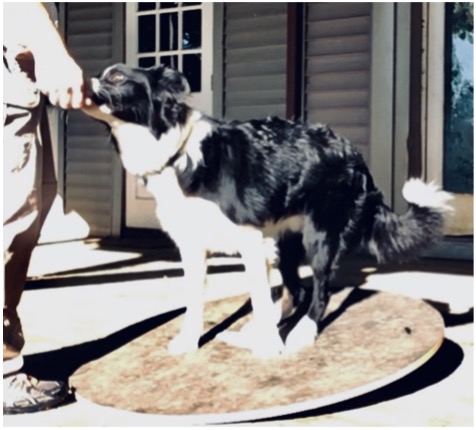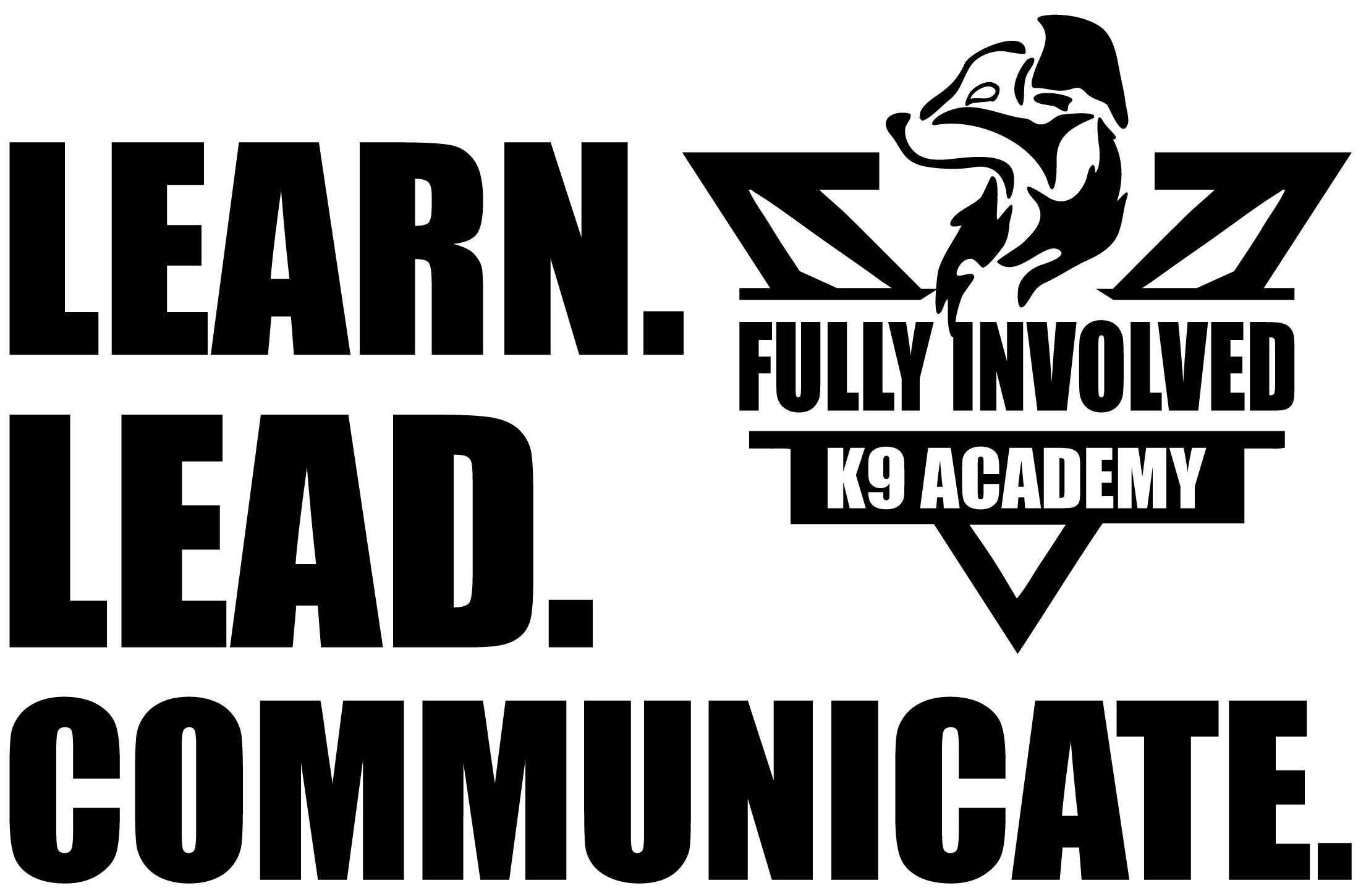Is it Mental Steadiness or Muscle Readiness?
Take a hard look at your dog, regardless of the type of work it does, is there a certain thing that it does not like to do?
For example, a dog on rubble that does not like to go down into or across voids. The standard answer is that the dog is lacking nerve strength.

A dog on unstable shifting material that will not perform their final trained response to odor. The standard answer is that the dog lacks the confidence to have both unsteady footing and give an indication.
A dog searching from a boat that misses the odor because he will not bend over the side of the boat. We are often quick to say the dog does not understand the odor picture.
While all those answers may in fact be true, it could also be something else. Something that is so easy to fix, so simple to include in your training. At this point I am expecting you to say, “I do set up training to help them, I set up problems where the dog can earn its reward by doing the thing it does not like to do”. Sort of a blend of counter-conditioning and positive reinforcement. And that is great, if it works. You diagnosed the problem by the treatment and the dog’s work improves. But what if you do that training and the dog gets a little bit better and then regresses or they just never seem to get better at the task or situation. Then what?
Before you wash that dog, or reassign it, or forever compensate for the deficiency, how about we take a look at their fitness and conditioning? The standard responses here are “I’ve never had to do that in the past and my dogs were all fine”, or “my dog is in good condition, it is fit and healthy and can run for hours”. Again, all accurate and factual responses. But what if we did some really targeted strength and conditioning work with your dog and improved their range of motion, their strength, their coordination and their proprioception (body awareness)?
When I do a fitness and conditioning assessment on a working dog, the areas that I find most often to be lacking are rear leg strength and control or awareness, front leg range of motion, and core strength. Look again at your dog, big handsome chest, strong shoulders, maybe even a nice-looking hourglass waistline and some muscular-looking thighs. Now ask that dog to sidestep, or pick up and place their back feet, or balance on an uneven and moving surface. The sidestep usually becomes a hop or at best a shuffle, they knuckle-drag or flap their back feet around in the air and their whole body trembles on the moving surface.
So here is my challenge to you. Do some targeted exercises with the dog and see how they improve in their work. Many of our dogs, despite everything we do with them as pups, do not learn how to use their limbs independently and through full ranges of motion, so doing exercises that target that will help develop those neuro-pathways.
Learning when and how to engage the muscle that lifts the front leg up and laterally, or to a full flexion or extension and having the strength in the muscle to support the weight of the dog in that position is key to being able and willing to drop down into void spaces.
Learning how to engage core muscles to support the spine and the independent four limbs on an unstable surface is the first step to being able to stand on that surface and not tremble. Maybe then the dog will be willing to provide its indication.
Learning how to engage the back limbs and the core to bend over the edge of the boat, and concentrate on searching instead of not falling in, is the first step in getting that dog to detect odor from the boat.

So how do we do that? It has to start with a full fitness and conditioning assessment to ensure there are no injuries that are preventing a particular movement. The dog has to be at an appropriate weight for its size. Obese dogs, just as with obese humans, suffer much more strain on their joints. The weight has to come off before we start a strengthening program. A great all-around type of exercise that teaches proprioception is cavaletti (see our explanation at www.fullyinvolvedk9.com/index.php/cavaletti/ for more information on cavaletti workout).
Wobble boards are the perfect trainer for movement and control on an unstable surface, and any exercise that encourages the dog to move its limbs in a controlled and precise manner in directions that are safe but perhaps not what they normally do, will increase the range of motion and control in those joints.

Be careful as you progress, you would not show up at the gym on Monday with a bench press of 50 lbs and progress to 250 lbs by Wednesday! Nor could you go from only being able to walk a mile at the beginning of the week to running 26.2 miles by Friday. Slow progression with excellent form prevents injury and ensures learning and muscle development is happening.

